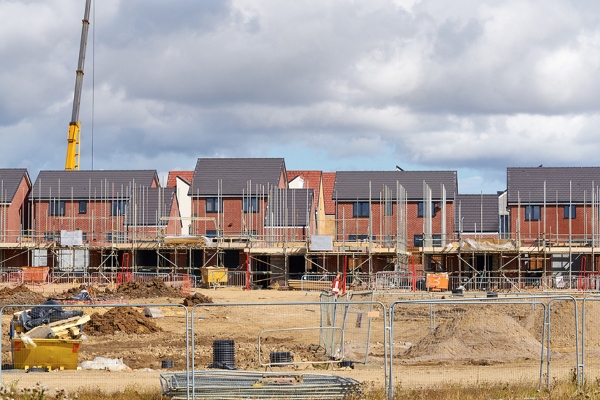Following his article on the nimby debate, Jonathan Headland, urban design director for West Waddy Archadia (WWA Studios), asks whether politics is getting in the way of solving the housing crisis.
With a populist planning agenda front and centre of current Government rhetoric, how will ministers seek to fulfil the 300,000 home delivery targets and what will that mean for our communities?
In their 2019 manifesto, the Conservatives – who have been in power since 2010 – committed to building that number of homes in England every year by the mid 2020s.
You’d be forgiven for forgetting this apparent commitment to a reinforced housing supply from our Government, were it not for Michael Gove’s most recent comments in the foreword to a collection of essays on housing, published by the Conservative think tank Bright Blue and the housing charity Shelter.
The Secretary of State goes on to concur that: “The current housing model – from supply to standards and the mortgage market – is broken, we can all agree.”
An inconvenient truth for a party that has been in the driving seat for 13 years and which has been setting a course for further reduction in supply in recent years.
Following the end of the consultation on the proposed amendments to NPPF, we have seen a flurry of eloquent responses published, which detail exactly what is at stake for our country.
Analysis prepared by Lichfields for the Home Builders Federation (HBF) and Land Promoters and Developer Forum (LPDF) concludes that the NPPF changes are likely to result in a drop of 77,000 homes per annum, taking supply down to around just half the Government’s target and realising a new opportunity for the Government to make a bad situation worse.
With the opportunity of increased public scrutiny on planning and housing supply considerations, like those shown in Simon Reeves’ Return to Cornwall show, I hope a wider awareness of the housing crisis can similarly come to the fore.
On the basis of the Spring Budget and the lack of a housing focus, when even potholes secured £200 million extra funding, it has become clear the Government remains wedded to its populist agenda.
So, what can we expect over the next 18 months? If the flurry of recent consultations on suggested reform is anything to go by, I would suggest it will be lots of talk but little action and nothing that will positively move the dial on housing supply.
We are now firmly on a path to the next General Election and the effect on grasping difficult decisions cannot be underestimated.
Beyond the formal adoption of the consulted amendments to the NPPF, perhaps by this Summer, we only have the slow progression of the Levelling Up and Regeneration Bill (LURB) through Parliament to look forward to.
As Mr Gove said within the forward to the Home Advantage essays, measures in the Levelling Up and Regeneration Bill would help increase supply, while at the same time, put neighbourhoods ‘firmly in control’. A balancing act which I feel leads only to stagnation of supply.
The vacuum created by the dissolution of regional planning and joined up thinking on growth has been filled by localism to the detriment of delivery. We are reaping what we have sown.
In the final article of this four-part series on the housing crisis, Mr Headland will look at alternatives to our current pathway to try and identify what the flash points of this debate could be and what methodologies this could throw up which could positively move the discussion forward.
© Thames Tap (powered by ukpropertyforums.com).
Sign up to receive our weekly free journal, The Forum here.










